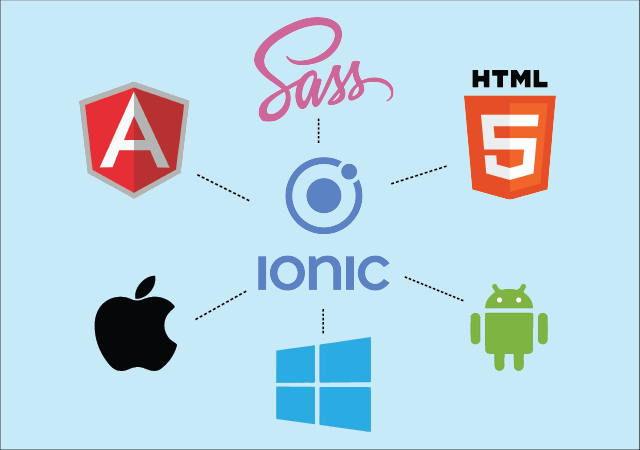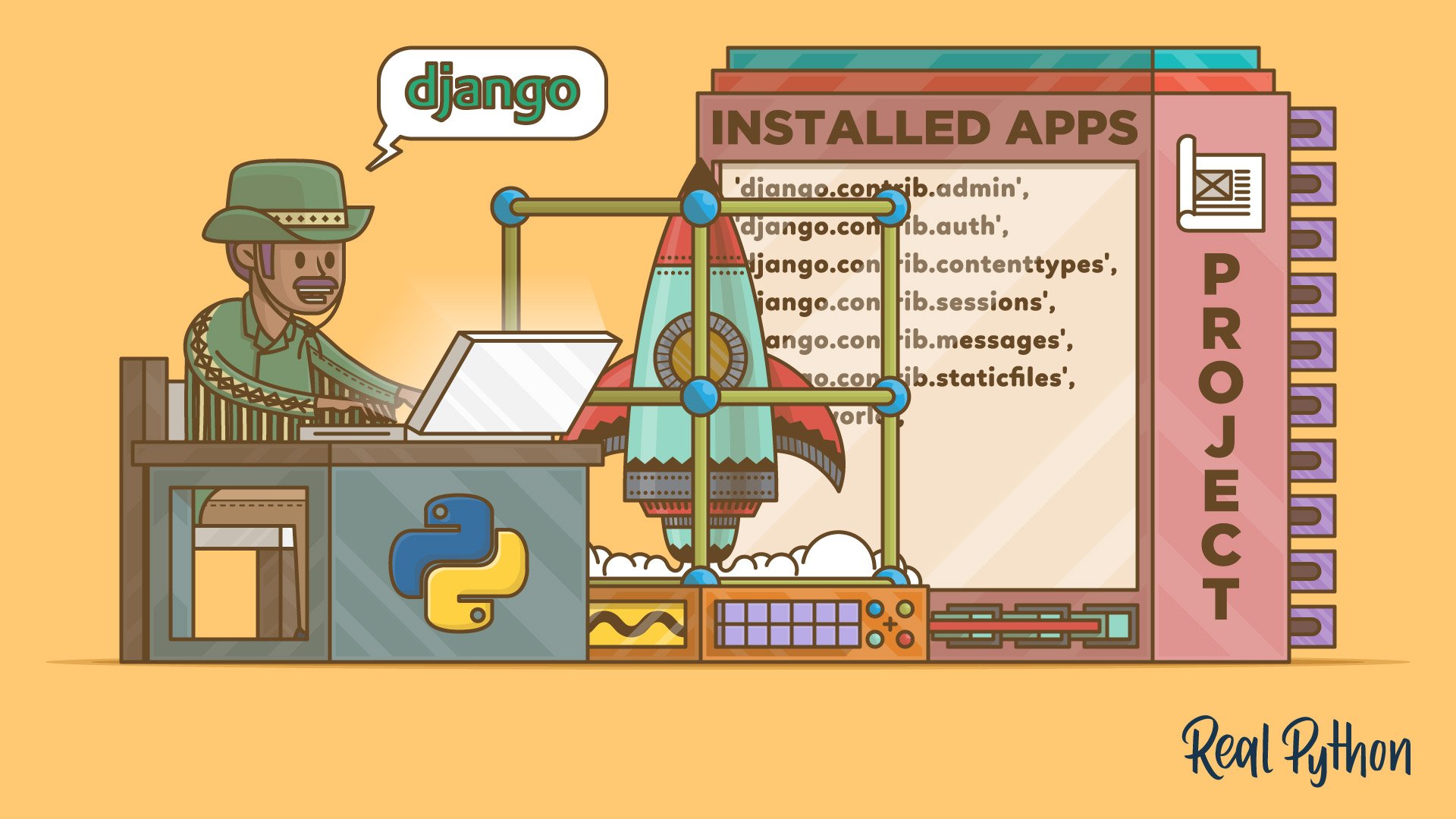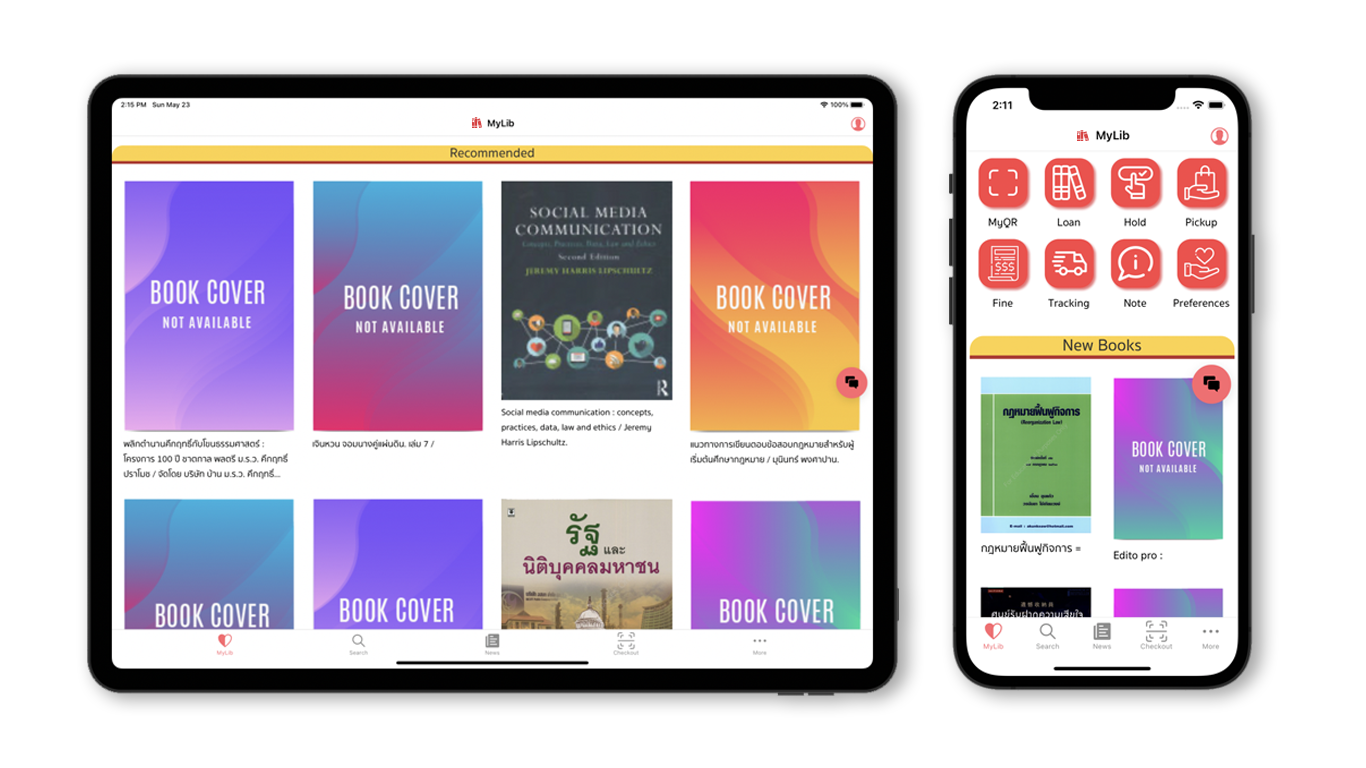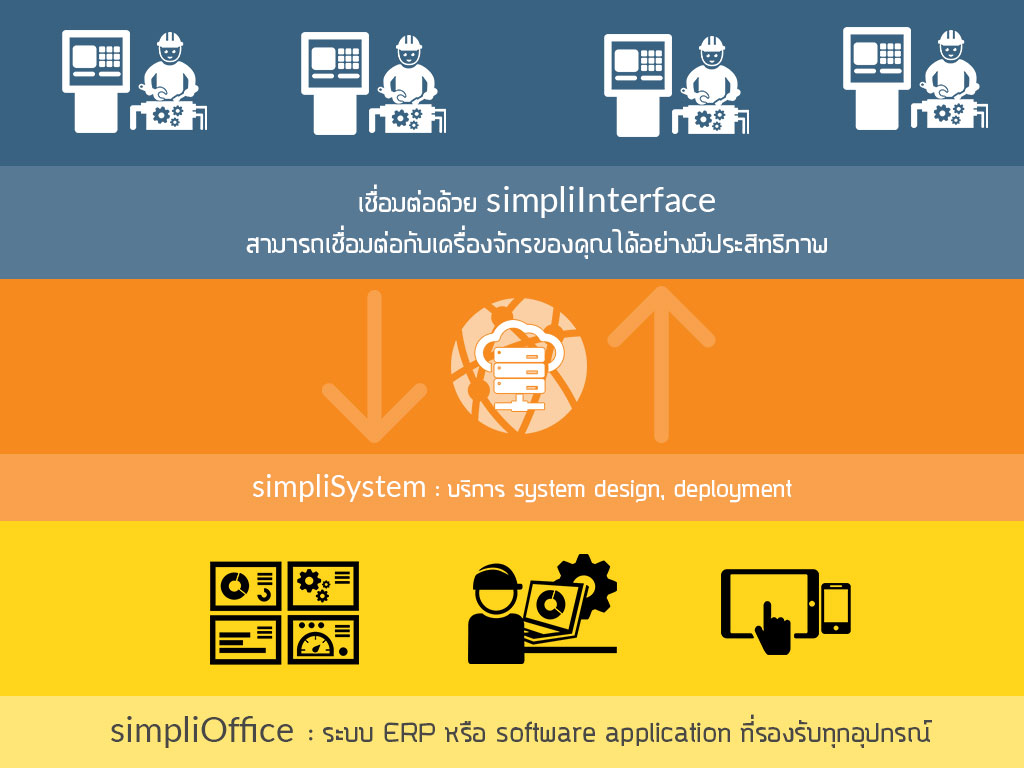The Power of Output: How to Become a Better Programmer
Many of us strive to become proficient programmers, continuously consuming tutorials, documentation, and courses. But according to Shion Kabasawa's influential book, The Power of Output, the secret to genuine improvement lies not in consuming more content—but rather in producing meaningful outputs from our learning.
Here’s how you can practically apply these principles to transform yourself into a stronger programmer:
1. Shift Your Balance: Output > Input
Instead of passively consuming tutorials, actively practice coding immediately after learning something new. Aim to spend 70% of your programming time on actual coding and experimentation, with only 30% on tutorials or theoretical study.
Concrete Example: After learning about REST APIs, immediately build a basic API for tracking daily tasks.
2. Write Regularly
Writing solidifies knowledge. Make it a habit to write weekly blog posts or journal entries summarizing new programming concepts you've explored. This reinforces your understanding and creates valuable content you can reference later.
Concrete Example: Write a blog post like “How I Used Docker Compose to Containerize My Django App.”
3. Teach What You Learn
Teaching forces you to clarify your own understanding. Regularly explain new programming concepts to others, either through video tutorials, presentations, or answering questions on platforms like Stack Overflow.
Concrete Example: Create a short YouTube tutorial on "Setting Up PostgreSQL with Django."
4. Seek and Implement Feedback
Actively seek feedback on your coding projects from peers, mentors, or through open-source communities. Feedback highlights blind spots, helping you improve rapidly.
Concrete Example: Submit your Django project for code reviews on GitHub and specifically request feedback on your database design and REST API structure.
5. Immediately Apply Knowledge to Mini-Projects
Solidify your learning by consistently building small, practical projects that directly apply newly acquired knowledge. This practice moves theoretical knowledge into actionable skills.
Concrete Examples:
- Learned Flutter? Build a basic farming activity tracker app.
- Learned Django Channels? Create a real-time chat app.
A Simple Weekly Schedule for Growth
| Day | Activity (Output-Focused) |
|---|---|
| Mon | Build API endpoints after a REST tutorial. |
| Tue | Dockerize your Django app after a short tutorial. |
| Wed | Write a blog post summarizing weekly learnings. |
| Thu | Write unit tests after learning Django testing. |
| Fri | Teach Django basics in a short video. |
| Sat | Implement improvements from project feedback. |
| Sun | Integrate weekly concepts into a mini-project. |
By consistently practicing output-oriented learning, you'll gain deep, practical knowledge, develop confidence, and build a strong portfolio showcasing real skills.
Remember, it's not about consuming more—it's about producing better.
Get in Touch with us
Related Posts
- Temporal × 本地大模型 × Robot Framework 面向中国企业的可靠业务自动化架构实践
- Building Reliable Office Automation with Temporal, Local LLMs, and Robot Framework
- RPA + AI: 为什么没有“智能”的自动化一定失败, 而没有“治理”的智能同样不可落地
- RPA + AI: Why Automation Fails Without Intelligence — and Intelligence Fails Without Control
- Simulating Border Conflict and Proxy War
- 先解决“检索与访问”问题 重塑高校图书馆战略价值的最快路径
- Fix Discovery & Access First: The Fastest Way to Restore the University Library’s Strategic Value
- 我们正在开发一个连接工厂与再生资源企业的废料交易平台
- We’re Building a Better Way for Factories and Recyclers to Trade Scrap
- 如何使用 Python 开发 MES(制造执行系统) —— 面向中国制造企业的实用指南
- How to Develop a Manufacturing Execution System (MES) with Python
- MES、ERP 与 SCADA 的区别与边界 —— 制造业系统角色与连接关系详解
- MES vs ERP vs SCADA: Roles and Boundaries Explained
- 为什么学习软件开发如此“痛苦” ——以及真正有效的解决方法
- Why Learning Software Development Feels So Painful — and How to Fix It
- 企业最终会选择哪种 AI:GPT 风格,还是 Gemini 风格?
- What Enterprises Will Choose: GPT-Style AI or Gemini-Style AI?
- GPT-5.2 在哪些真实业务场景中明显优于 GPT-5.1
- Top Real-World Use Cases Where GPT-5.2 Shines Over GPT-5.1
- ChatGPT 5.2 与 5.1 的区别 —— 用通俗类比来理解














